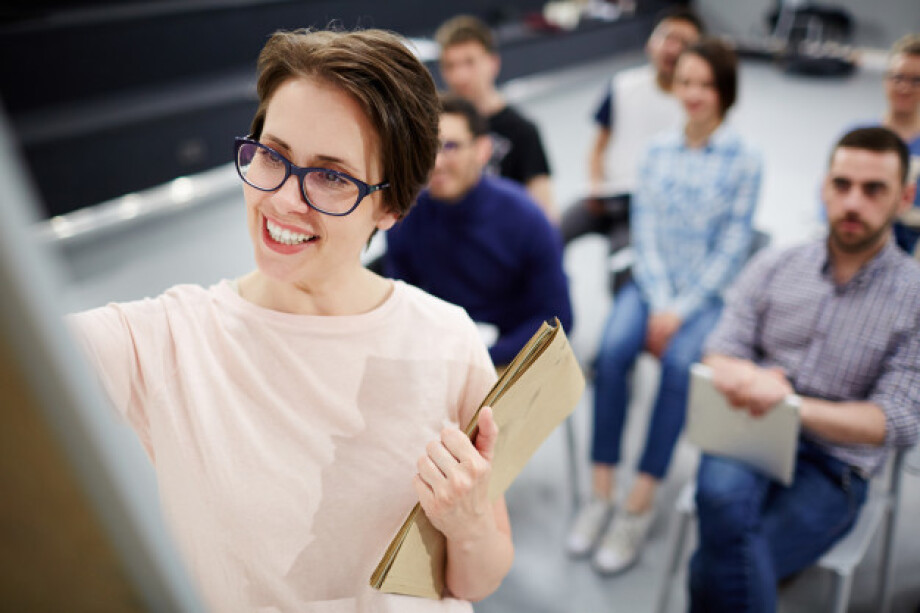“The beginning is the most important part of the work.”
― Plato,
A good beginning will motivate the students and trigger their thinking and the desire to know and learn. A good beginning of the topic or lead-in is important as it prepares the learner for a new topic, helps to bring the topic into students’ focus, gives a clear idea of what the students will be learning and helps to create a positive class atmosphere.
Here are some introductory activities for a new topic.
1. You can use some visuals and the text around the visuals to help the learner get into the topic.
Pictures work perfectly for any lead-in. If you are going to teach your students Present Perfect, you can show them two pictures “before and after” and ask to describe the pictures and explain what has changed during the period. There can be people’s portraits or pictures of a place, having undergone significant changes.
You can find a quote suitable for the topic and ask students to express their opinion to the quote, explain how they understand it, whether they agree/disagree with it and so on.
You can find some interesting facts connected to the topic of the lesson. Tell the topic and write dates, names, locations and so on, ask students to guess the facts.
2. You can make them guess the topic of the lesson.
If you are going to use pictures as a lead-in, why not just show them and let students guess the topic themselves. You demonstrate the pictures in different creative ways so that students speculate more about the topic:
— zoom parts of the picture. Students describe them and try to reconstruct the original picture);
— cut the picture into pieces. Create some kind of a jigsaw, distribute the pieces to students in pairs, they shouldn’t show the pieces to each other, but should describe their parts. If a partner has a piece of the object/person, he/she should describe it and put on the table;
— slow drawing. Start drawing a picture related to the topic of the lesson. Every time you add a detail, make a pause for students to make suggestions about the topic of the lesson.
You can write the keyword, associated words, phrases or the idea of the topic and ask them to guess the topic. This is also fun, they try to understand and connect the meanings of the phrases to a bigger idea.
You can make the guessing activity even more challenging. You can give your students groups of words. In each group, there can be an extra word. Then using these odd words, the students will guess the topic of the new lesson.
3. You can use other types of visual clue: a video, a song or an object.
You can find an interesting or funny video or song on YouTube and use it as a good start for the lesson. You should, however, remember, that the video should not be long. It should last around 3 min. If you find a good video, but it is long, you can use the other part of the video later, in other stages of the lesson. Talking about an object, realia always generate a lot of interest. Bring an object, put it in a bag, ask students to touch, describe it and guess the topic.
4. You can start with a question that can raise some debate (if your students are intermediate or higher).
Generating some debate or discussion can be an interesting start, as students might have established positions or opinions about the topic. They may be interested to know more words to be able to state their opinions or perspectives better.
Just let your imagination and creativity work, and you will come up with great ideas to introduce the topic: jokes, stories, news articles, quotes, songs, etc. But you should not forget that any lead-in should not be challenging for the students; it should not cause any discomfort or lack of confidence. It should help them feel at ease and motivated.






 Вероника Аветисян
Вероника Аветисян 
 Маргарита Аветисян
Маргарита Аветисян 


